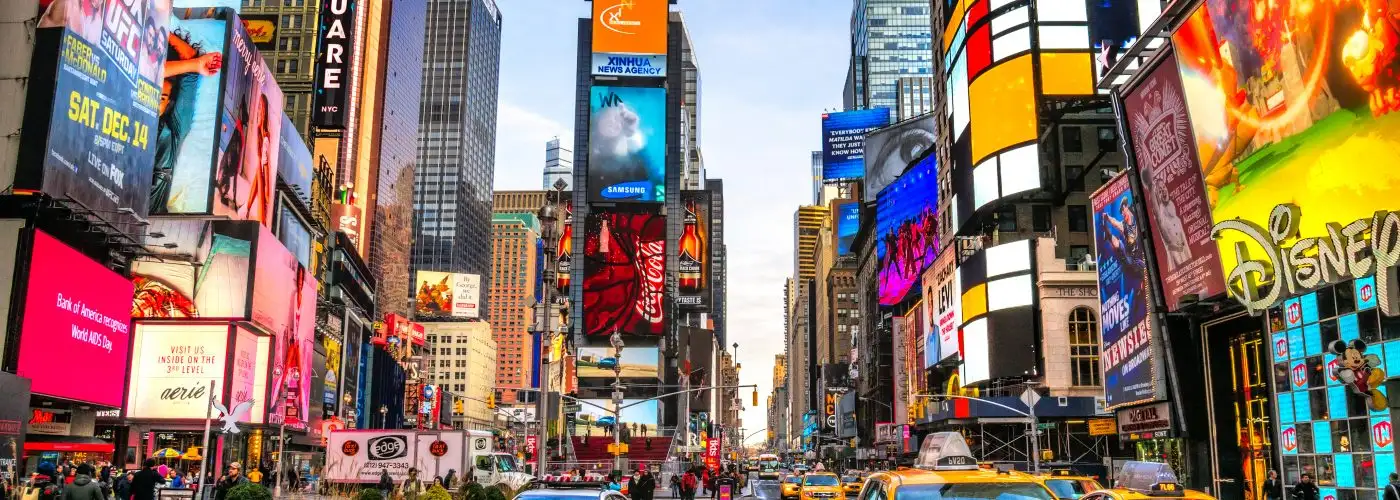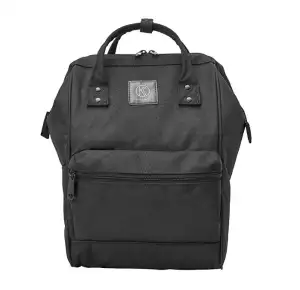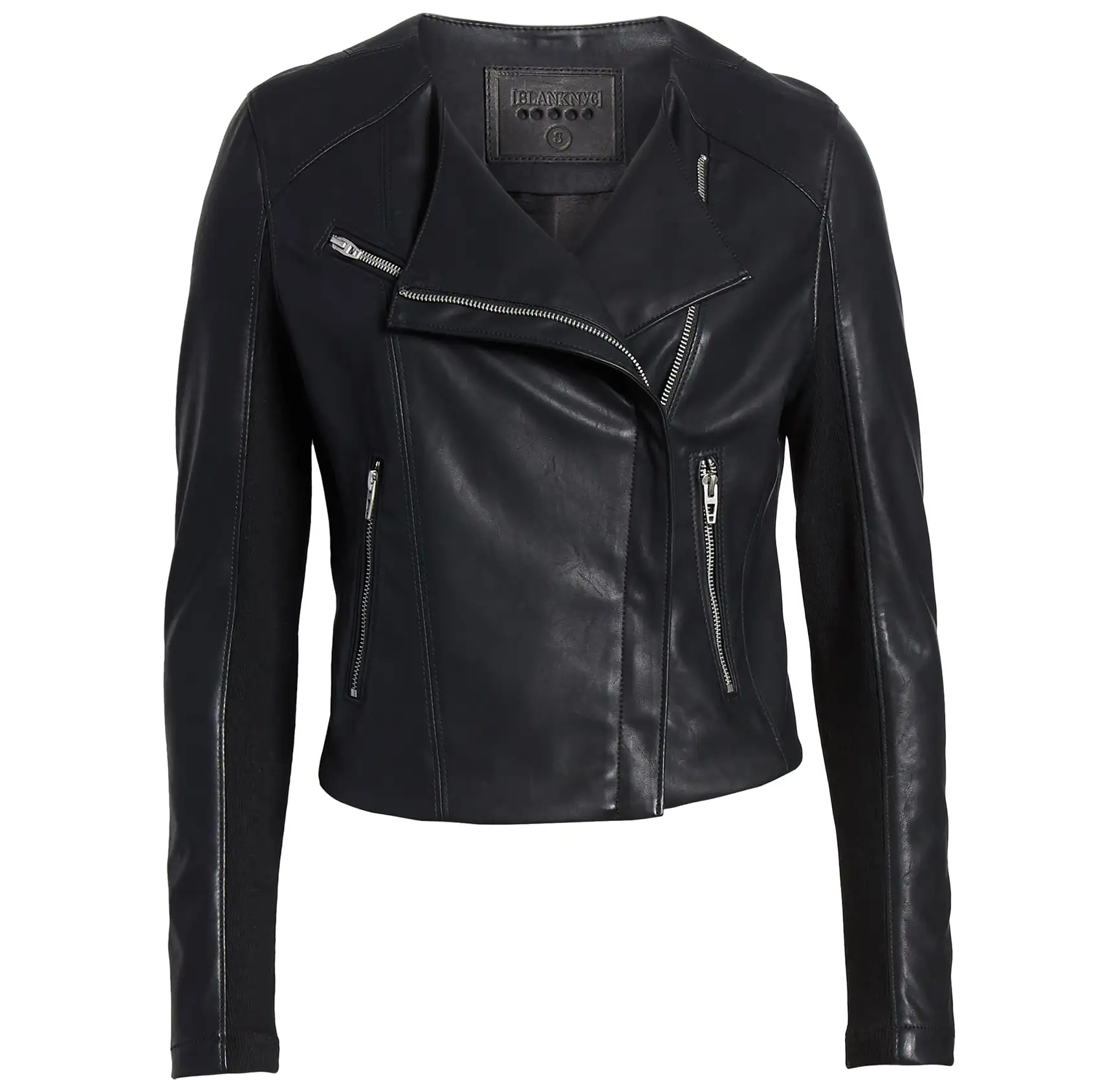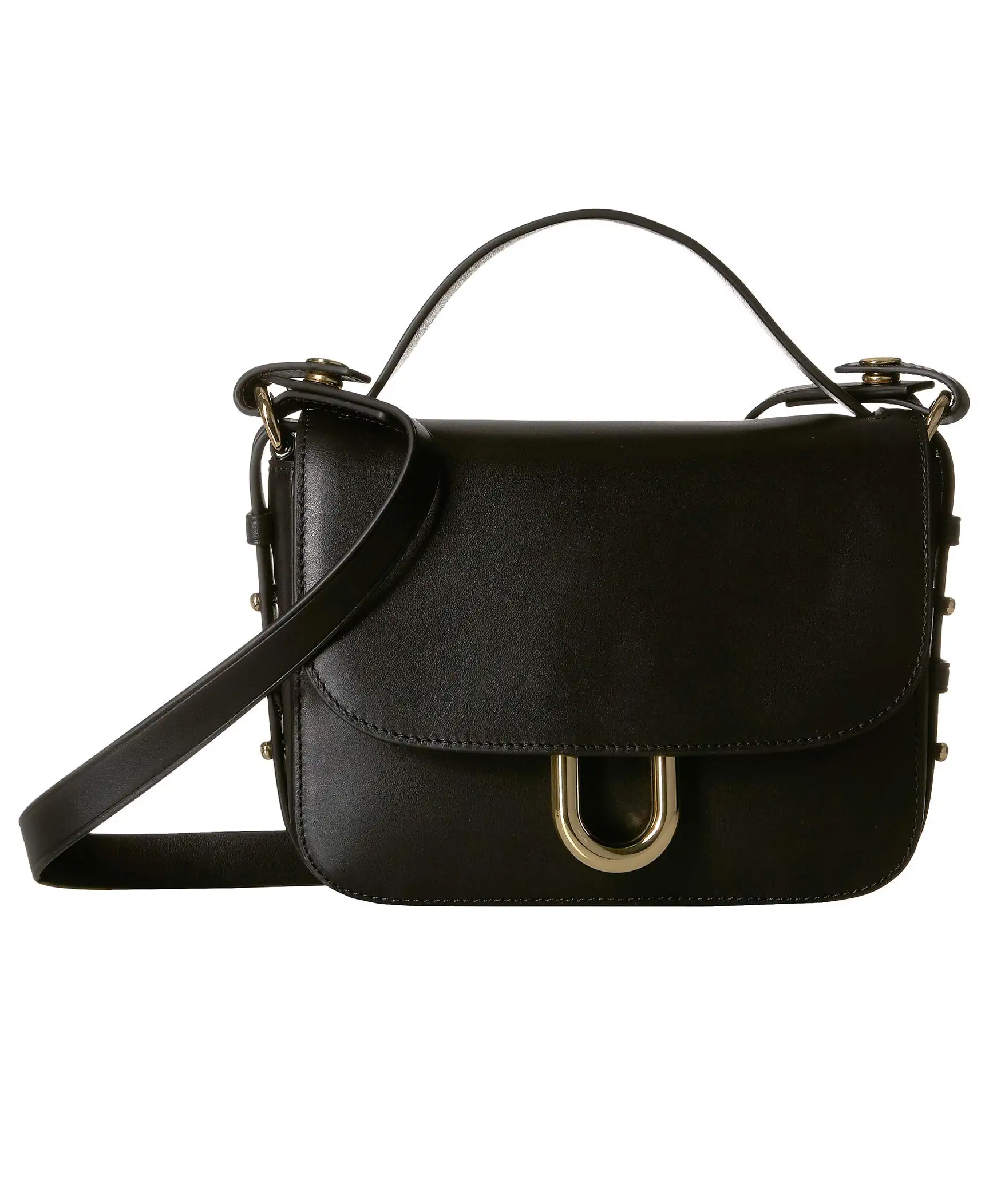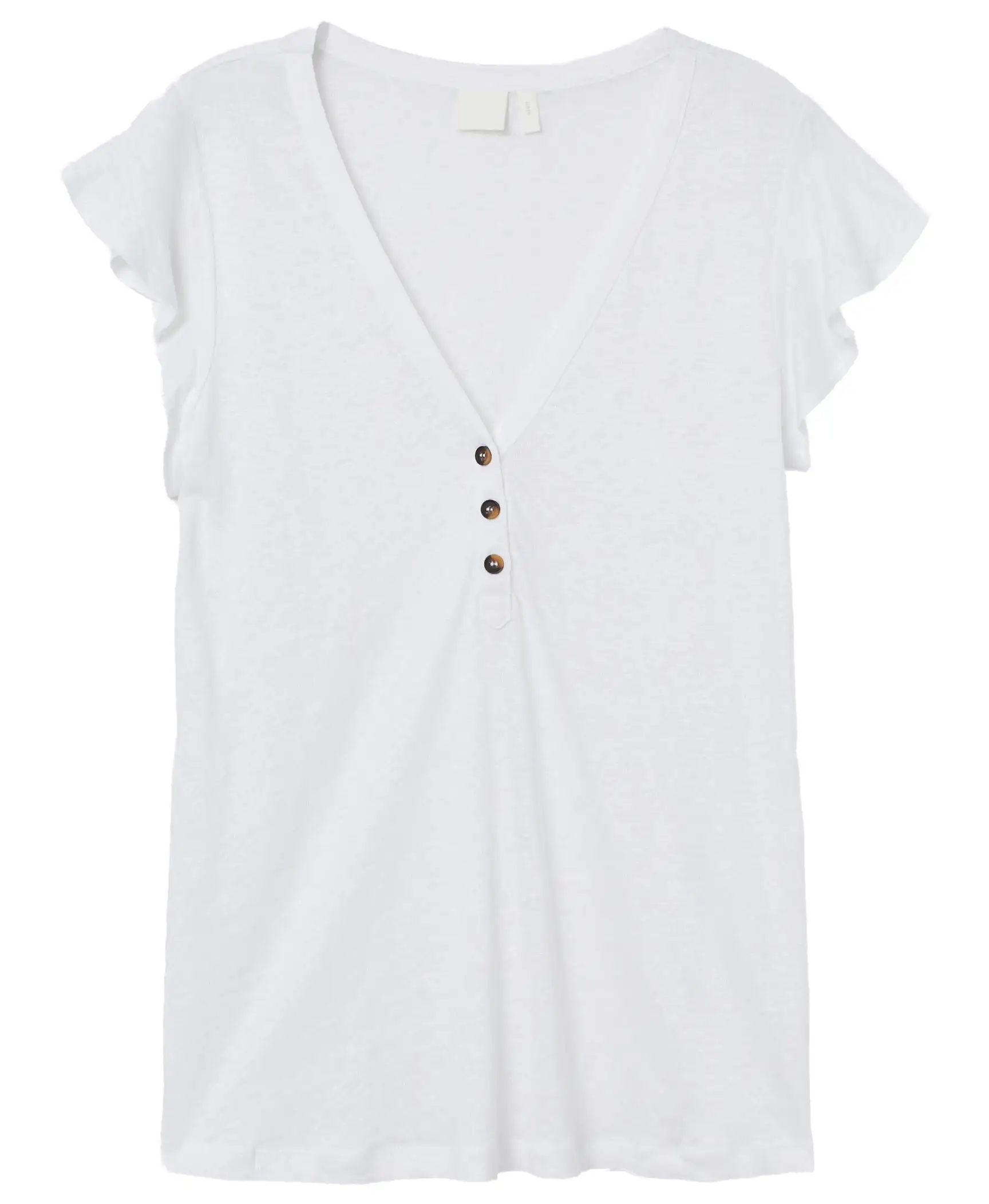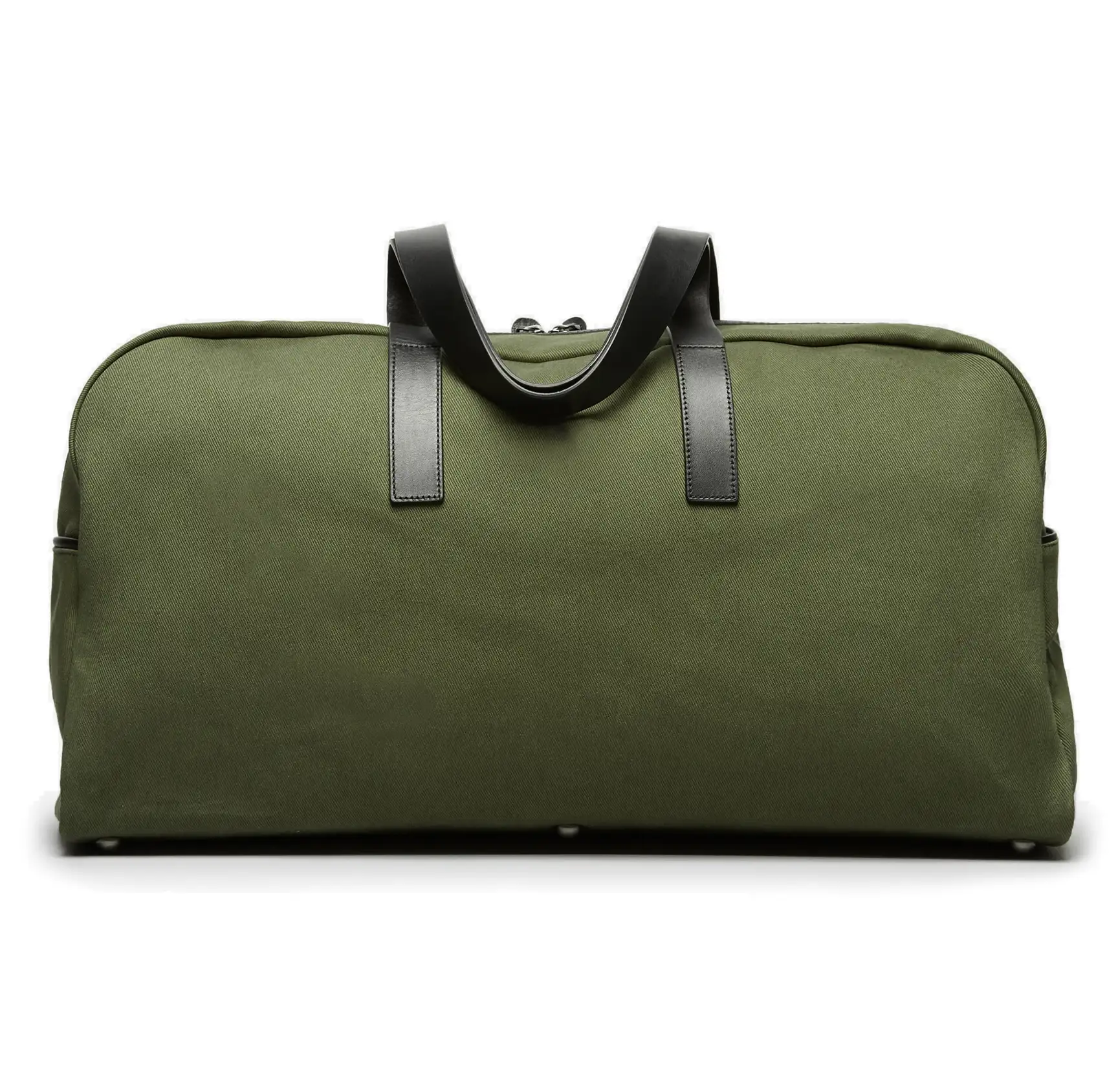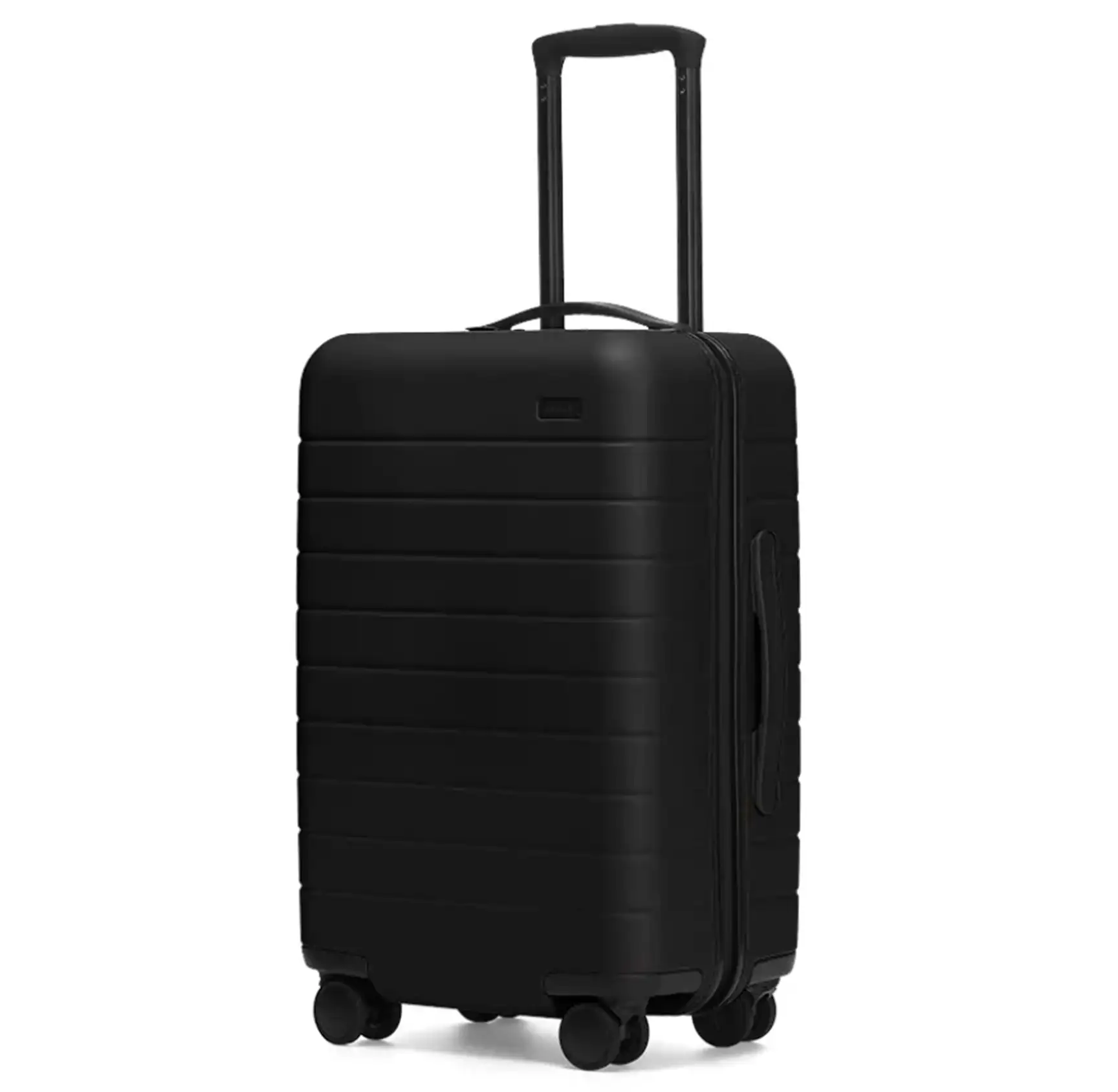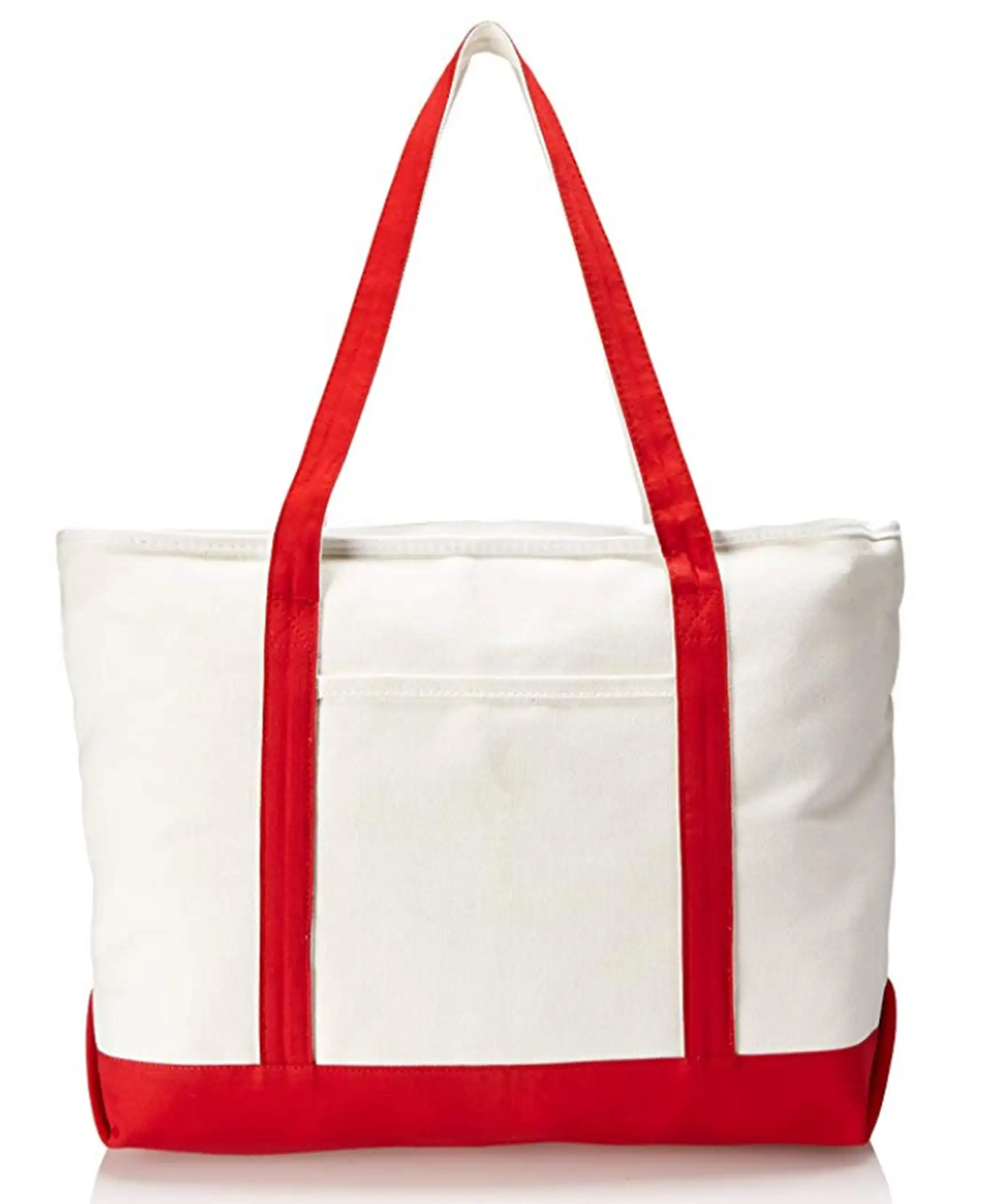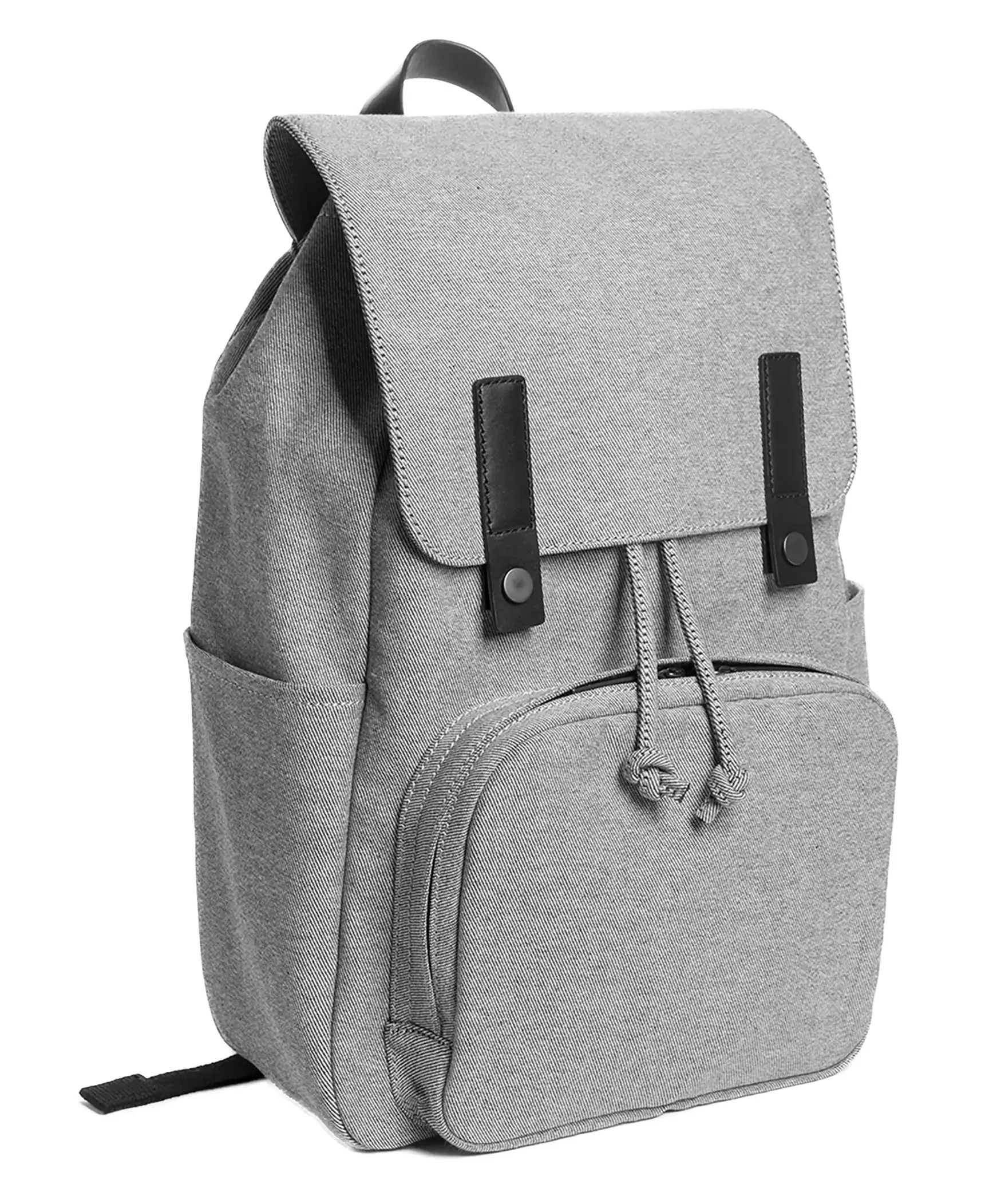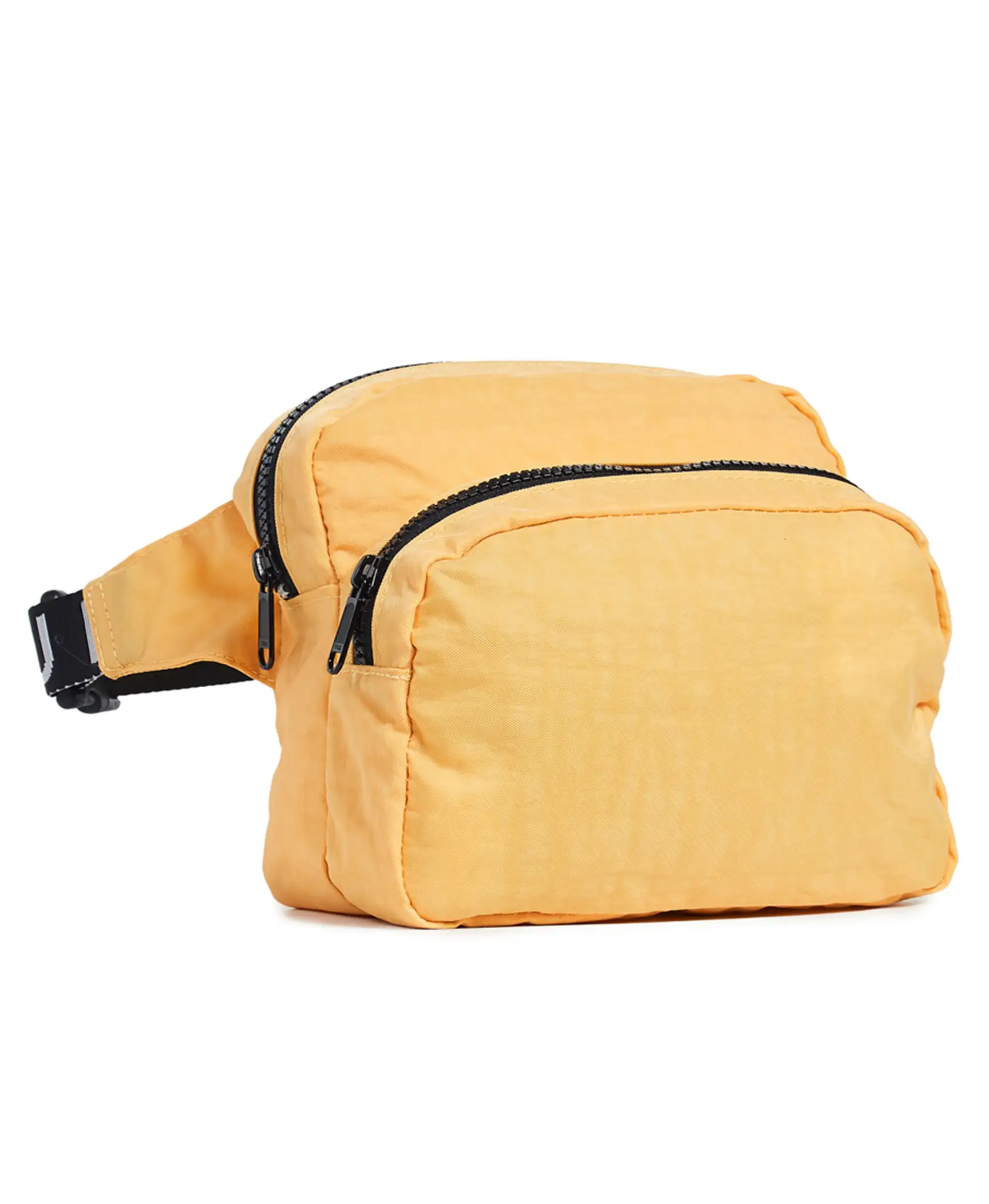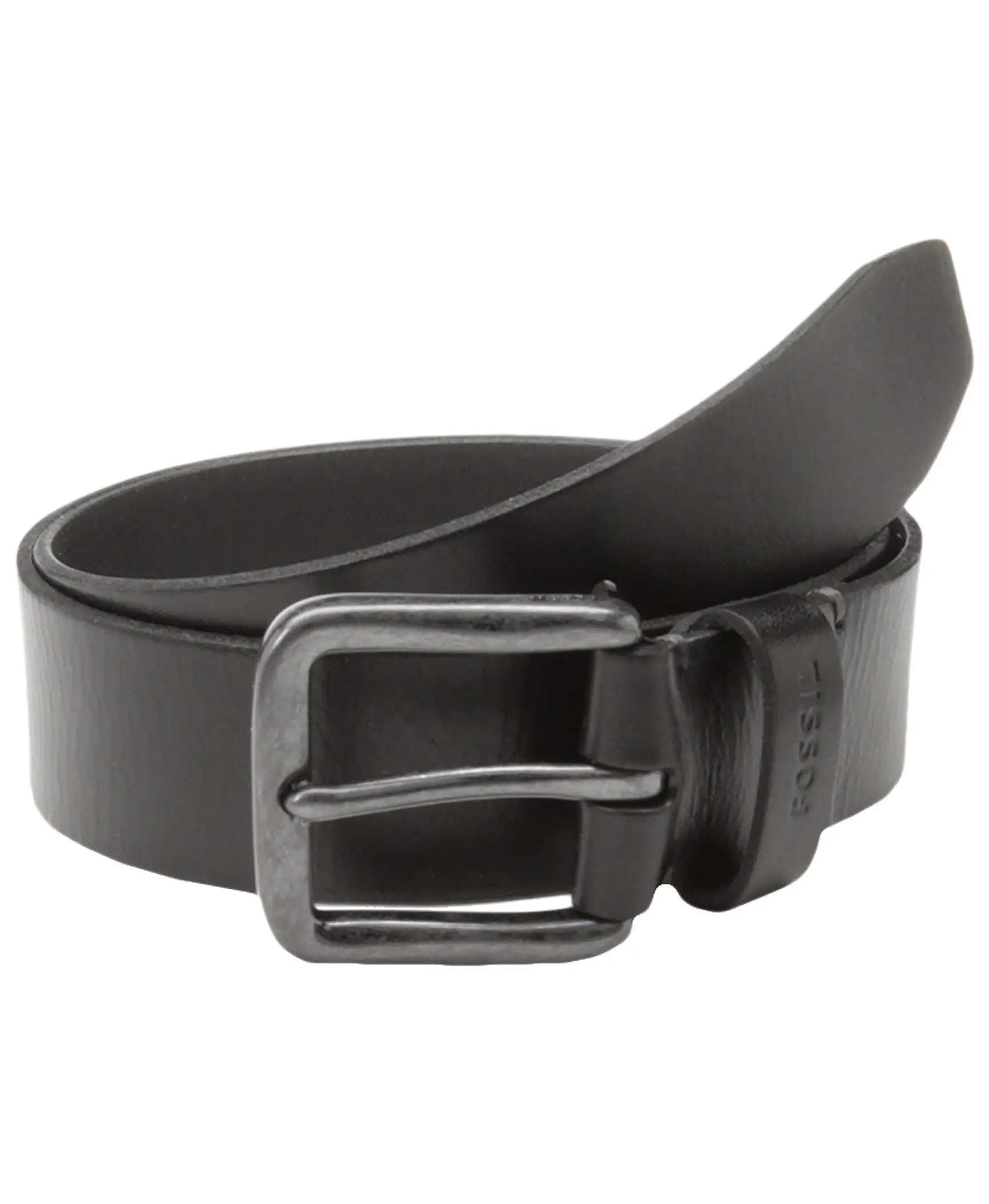One of the world’s most iconic cities—packed to the brim with artists, writers, titans of industry, and legendary skyscrapers—New York City is a metropolis to which strivers flock for its immense promise of opportunity. Travelers flock here, too, for the many experiences you can only have here, like strolling Central Park, taking in a Broadway show, staring up at the bright lights of Times Square, getting inspired by the Statue of Liberty, or riding the elevator all the way to the top of the Empire State Building.
But many of the people who come to experience the city do have a lingering question: Is New York safe to visit? The answer, generally, is yes. Given some of its neighborhoods’ rough-and-tumble reputations, travelers might be surprised to learn that as a whole, New York City actually is one of the safer large cities in the United States. Though its incidence of assault, violent crime, and robbery are indeed higher than the U.S. national average, its overall crime rate, including homicide, theft, rape and property crimes, is significantly lower than the national average.
That said, it’s always a good idea for travelers to read up on how to stay safe in NYC, including learning which are the safest neighborhoods in New York, as well as understanding which areas to avoid.
Tips for Staying Safe in New York City
- Know where not to go in New York, including Brownsville, Soundview, and much of the Bronx. Instead, stick to some of the safest neighborhoods in NYC, such as Tudor City, Carnegie Hill, Battery Park City, Beekman, Sutton Place, and Roosevelt Island.
- When riding New York City’s subways at night, board cars that have plenty of people in them—preferably the conductor’s car, if possible. Know, too, that many of New York City’s busiest stations have the highest crime rates.
- Defend yourself against a recent spike in pickpocketing on the New York City subway system by staying alert, keeping valuables under wraps, stashing your wallet in your front (not your back) pocket, and investing in a slash-resistant purse or backpack.
Top Travel Safety Products for New York City
Safe Neighborhoods—and Areas to Avoid—in New York City
Again, the answer to the question “How safe is New York City?” depends a lot on where you go. There are many lovely areas, some of which are near major tourist attractions, that are quite safe, both day and night. In Manhattan, these safer spots include Tudor City, Carnegie Hill, Battery Park City, Beekman, Sutton Place, and Roosevelt Island, according to a list from Address Report.
You might be surprised to see popular tourist areas such as Times Square/Theater District, the Meatpacking District, and the Garment District on the same list under “neighborhoods with the highest violent crime rates.” That doesn’t necessarily mean you shouldn’t visit these areas, but you should take common-sense precautions and keep in mind that where there are tourists, there are criminals who might want to prey on them. Other neighborhoods to watch out for in Manhattan include Koreatown, Union Square, NoHo, Hudson Square, the Flatiron District, and Columbus Circle.
Many travelers question whether NYC’s Chinatown is safe. The answer is mostly yes, but do keep in mind that New York’s Chinatown does see a higher rate of assaults and robberies than the national average, though the neighborhood also enjoys lower rates of theft and homicide than much of the rest of the United States.
And though Harlem has long had a reputation for being crime-ridden, it has seen significant gentrification and wealth pouring in over recent years. This has brought its own unique set of problems but also has ushered in a decrease in crime, to the point that it’s safe for tourists to stay and walk in Harlem, especially during daylight hours. After dark, cautious travelers may prefer to avoid the parts of Harlem that become more dangerous at night, including Upper Harlem.
Central Park is generally safe for travelers, especially during daylight hours. Newly car-free, Central Park is now less dangerous for pedestrians and cyclists than it used to be, though nighttime can bring other dangerous elements into the park. So if you plan to be in Central Park after dark, don’t go alone and take all the necessary safety precautions.
Battery Park City, at Manhattan’s southern tip, is a lovely waterfront destination, but many people who travel to New York City wonder: “Is Battery Park safe?” Well, its rates of assault, theft, and homicide are all significantly below the national average, and it’s frequently rated as one of NYC’s best neighborhoods in which to raise a family—so travelers should feel comfortable exploring this area, even at night.
There are a good number of places in NYC, like Brownsville (in Brooklyn) and Soundview (in the Bronx), that don’t have much in the way of reasons to visit, including the fact that they can be dangerous. Many of these—including Hunts Point, Mott, Tremont, Fordham, Norwood/Bainbridge, Highbridge, and Bedford Park—are neighborhoods in the Bronx, a borough plagued with gang-related violence. Bronx crime is unfortunately high at the moment (although its City Island is a pretty safe outlier), and the borough is even facing a minor epidemic of hypodermic needles scattered on the grounds of its parks.
As for Brooklyn, it’s generally considered safe for tourists, but some of its neighborhoods—especially East New York, Vinegar Hill, Fort Greene, Williamsburg, DUMBO, and Crown Heights—do suffer from more crime than other places in New York, according to SafeAround and Address Report. Brooklyn’s safer neighborhoods include Borough Park, Bergen Beach, Midwood Park, Bath Beach, and South Williamsburg.
For its part, much of Queens is relatively safe—especially Malba, Belle Harbor, Fresh Meadows, and Upper Ditmars.
Staten Island, southwest of Manhattan and Brooklyn, is generally most dangerous at its north end and safer as you go down the island, with a few exceptions interspersed throughout. According to Neighborhood Scout and Niche, Staten Island’s safest neighborhoods include Bay Terrace, Chelsea, Borough Center, Princes Bay, Oakwood Beach, and Great Kills, all of which boast low crime rates. The Staten Island neighborhoods that travelers would do well to avoid, especially at night, include the Jersey Street Corridor, Arlington/Mariners’ Harbor Houses, Northern Port Richmond/West New Brighton, the Van Pelt Avenue Corridor, and Stapleton/Park Hill.
How to Get Around Safely in New York City
When visiting the Big Apple, it’s imperative to know the basics of how to stay safe in New York.
If you’re planning on driving around NYC, keep in mind that certain driving rules that you might be used to in your home state may differ when driving in Manhattan. For example, drivers in New York are not permitted to make a right turn at a red light.
One of the hardest aspects of driving in New York City is that many of the streets are incredibly crowded with pedestrians, so it’s upon you to drive with extreme caution—unfortunately, pedestrian deaths are currently on an uptick (the better news is that traffic deaths are at a record low). Other difficulties that come along with NYC driving: Signs can be confusing, parking can be expensive, and car break-ins are a common form of property crime in NYC, especially in the Bronx. So make sure your vehicle is parked somewhere monitored and well lit, all your doors are locked, and you haven’t left any tempting valuables within plain view.
If you’d rather take a cab or another type of hired car, like an Uber or a Lyft, make sure that the vehicle that picks you up is officially licensed. In cabs, that means looking for a four-digit “medallion number” on the top of the car, as well as on its hood, its license plate, its partition, and your receipt. An official NYC taxi cab also needs to have clearly visible stickers displaying that the car is licensed by NYC’s Taxi & Limousine Commission. If a vehicle that you get into isn’t officially licensed, your personal safety may be at risk, and so may your money—unscrupulous drivers try to get passengers to pay more than what’s fair. In general, though, NYC taxis are pretty safe.
When using a ridesharing app in NYC, staying safe means double-checking that the driver’s photo and license plate both match what comes up on your phone—and using the app’s feature to share the progress of your ride with a friend or loved one, especially if you’re riding alone.
Prefer to hop on public transit? Many travelers hesitate, wondering whether New York’s subway system is safe, especially at night. However, certain subway stations are more dangerous than others—and one study found that many of the busiest ones also have the highest crime rates, including Port Authority, 34th Street-Penn Station, and 161st Street-Yankee Stadium.
This doesn’t mean you should avoid these stations altogether, but you’ll want to pay close attention to your surroundings and your belongings as you go through them. Pickpocketing is the most common crime on NYC’s subway; see the section below for more on this.
If you’re planning on taking the subway late at night, stand near the sign that says “During off hours trains stop here,” or within view of the MetroCard booth. For safety, ride in cars that have more passengers in them, preferably in the conductor’s car. And beware of people who offer to sell you unused MetroCards at what seems like a deal—you may come to find that these cards are worth less than you paid for them.
If your plan is to spend a lot of time walking around New York City, you’ll be relieved to know that most of Manhattan—and NYC’s other well-populated tourist-friendly areas—are mostly safe for pedestrians. However, late at night a taxi or rideshare is often a safer option.
New York City is generally very safe for female travelers. However, when dealing with New York streets at night, women tend to be safer if they travel in groups (not alone), and if they stick to areas with plenty of people and light.
Two other factors when considering whether New York is dangerous: natural disasters and terrorism. Occasionally, natural hazards, such as blizzard or floods, do happen in New York City, and the summer heat and humidity can reach unsafe levels if you don’t stay properly hydrated.
And though the attacks of September 11, 2001, which tragically and dramatically took down Manhattan’s World Trade Center, have become emblematic of modern terrorism, the actual risk of more terrorism occurring in NYC is somewhat mitigated by the city’s massive counterterrorism efforts. Still, make sure to adhere to the “If you see something, say something” standard, and be especially vigilant for suspicious behavior or packages wherever there are large crowds—which is a lot of places in populous New York City.
How to Avoid Pickpockets in New York City
Now, more than ever, is a great time to be on high alert for pickpockets in NYC. There’s been a recent and significant crime spike on New York City subways, thanks chiefly to teams of serial pickpockets who victimize commuters on public transit.
To save yourself the trouble of becoming a pickpocketing victim while traveling in New York, keep your wallet in your front pocket, where it’s tougher to nab than your back pocket. Consider investing in a slash-resistant purse or backpack. And ensure that your cell phone, a key target for pickpockets, is not accessible. Keep other valuables close as well, and stay tuned into your surroundings, especially when walking along crowded streets and riding public transit.
How to Step Up Your Style in NYC
More from SmarterTravel:
- New York City Travel Guide
- 10 Best Hotels in New York City
- 11 Cheap Hotels in New York City
- 10 Hidden Gems in New York City
- 9 Famous Hotels in New York City
- 10 Best Things to Do in New York City
- Top 11 Places to Visit in New York City
- 9 Great Day Trips from New York City
- 11 Deliciously Cheap Eats in New York City
- 11 Best Foods to Try in New York City
- 10 Famous New York Restaurants Every Foodie Should Visit
- What to Wear in New York City
- What to Pack for New York City
—original reporting by Avital Andrews
We hand-pick everything we recommend and select items through testing and reviews. Some products are sent to us free of charge with no incentive to offer a favorable review. We offer our unbiased opinions and do not accept compensation to review products. All items are in stock and prices are accurate at the time of publication. If you buy something through our links, we may earn a commission.
Related
Top Fares From
Today's Top Travel Deals
Brought to you by ShermansTravel
Kenya: 14-Night Tour, Incl. Tanzania &...
smarTours
 vacation
$7125+
vacation
$7125+
7-Night Mexican Riviera Cruise in Winter,...
Princess Cruises
 cruise
$579+
cruise
$579+
Ohio: Daily Car Rentals from Cincinnati
85OFF.com
 Car Rental
$19+
Car Rental
$19+
